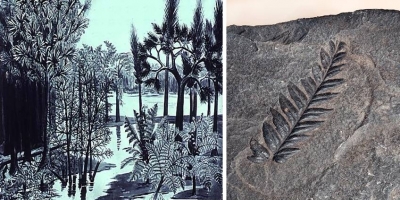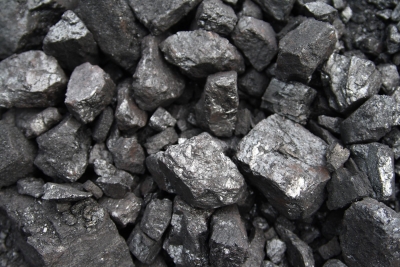
Many types of stones are available such as basalt, marble, limestone, sandstone, quartzite, travertine, slate, gneiss, laterite, and granite, which can be used as construction materials. The stones used for building construction should be hard, durable, tough, and should be free from weathered soft patches of material, cracks, and other defects that are responsible for the reduction of strength and durability. Stones for construction purposes are obtained by quarrying from massive solid rocks.
Each type of stone lends itself to various construction applications based on its properties. For instance, certain types like basalt and granite have superior characteristics like high compressive strength and durability and hence employed in major construction works. However, there are stones that their characteristic makes them suitable for minor construction works, for example, gneiss. So, stones are used as a building material and also for decorative purposes.
TYPES OF BUILDING STONES
Some of the common building stones which are used for different purposes in India are as follows:
GRANITE
It is a deep-seated igneous rock, which is hard, durable and available in various colours. It has a high value of crushing strength and is capable of bearing high weathering.
BASALT AND TRAP
They are originated from igneous rocks in the absence of pressure by the rapid cooling of the magma.
TRAP STONE
They have the same uses as granite. Deccan trap is a popular stone of this group in South India.
LIMESTONE
Limestone is used for flooring, roofing, pavements and as a base material for cement. It is found in Maharashtra, Andhra Pradesh, Punjab, Himachal Pradesh and Tamil Nadu.
SANDSTONE
This stone is another form of sedimentary rock formed by the action of mechanical sediments. It has a sandy structure which is low in strength and easy to dress.
Credit: cmpstone.com
Picture credit: Google





